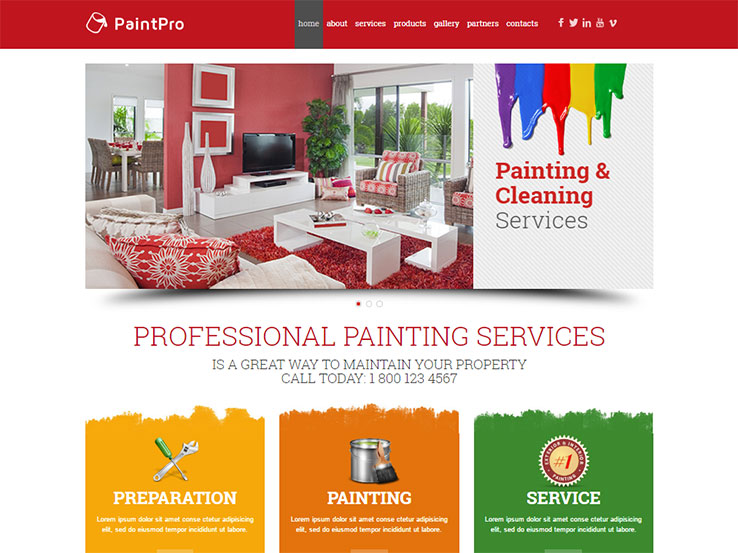How Can Choosing The Ideal Shades Improve Your Brand'S Appeal In Business Outside Paint? Find Out About The Vital Variables That Educate Your Selections
How Can Choosing The Ideal Shades Improve Your Brand'S Appeal In Business Outside Paint? Find Out About The Vital Variables That Educate Your Selections
Blog Article
Short Article Created By-Wolf Helbo
When it concerns industrial external paint, the shades you pick can make or break your brand name's allure. Understanding exactly how various shades influence assumption is vital to bring in customers and developing trust. But it's not nearly personal preference; regional trends and policies play a considerable function as well. So, just how do you locate the perfect equilibrium in between your vision and what resonates with the community? Allow's discover the crucial variables that assist your shade choices.
Comprehending Color Psychology and Its Impact on Service
When you select colors for your organization's outside, understanding color psychology can significantly influence how possible consumers view your brand.
Colors evoke feelings and set the tone for your company. For instance, blue commonly conveys trust and professionalism and trust, making it ideal for banks. Red can create a feeling of necessity, ideal for dining establishments and inventory-clearance sale.
On the other hand, eco-friendly symbolizes development and sustainability, attracting eco-conscious customers. Yellow grabs attention and stimulates positive outlook, but way too much can bewilder.
Consider your target audience and the message you wish to send. By picking the right colors, you not just improve your aesthetic appeal however additionally align your photo with your brand worths, eventually driving customer engagement and loyalty.
Studying Local Trends and Rules
Just how can you guarantee your external painting choices reverberate with the neighborhood? Beginning by looking into local fads. Check out nearby organizations and observe their color pattern.
Make just click the following document of what's prominent and what feels out of place. This'll help you align your options with area visual appeals.
Next, inspect regional regulations. Lots of towns have standards on exterior shades, specifically in historical areas. You don't wish to hang out and cash on a palette that isn't compliant.
Involve with neighborhood business owners or neighborhood groups to collect insights. They can give valuable responses on what colors are favored.
Tips for Balancing With the Surrounding Atmosphere
To create a cohesive appearance that blends seamlessly with your surroundings, take into consideration the native environment and building styles close by. Begin by observing the colors of neighboring buildings and landscapes. Natural tones like greens, browns, and muted grays often function well in all-natural settings.
If your building is near vivid urban areas, you may pick bolder tones that show the regional power.
Next off, consider the building design of your structure. Traditional designs might benefit from traditional colors, while contemporary designs can welcome contemporary palettes.
Examine your color selections with samples on the wall to see how they interact with the light and setting.
Ultimately, remember roofers in benbrook or area visual appeals to ensure your option enhances, rather than encounter, the surroundings.
Final thought
Finally, choosing the best shades for your industrial outside isn't almost aesthetic appeals; it's a tactical choice that affects your brand name's assumption. By taking advantage of shade psychology, considering regional trends, and making certain consistency with your surroundings, you'll produce an inviting atmosphere that brings in customers. Don't forget to examine examples before devoting! With the appropriate approach, you can elevate your company's aesthetic appeal and foster lasting client interaction and commitment.
